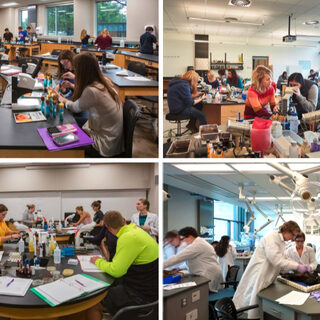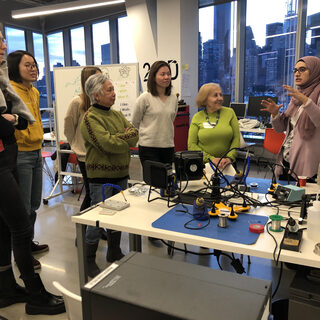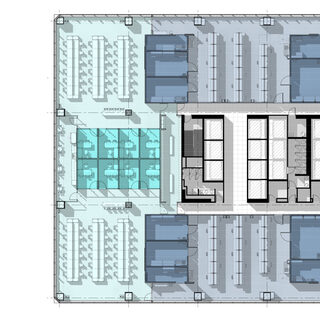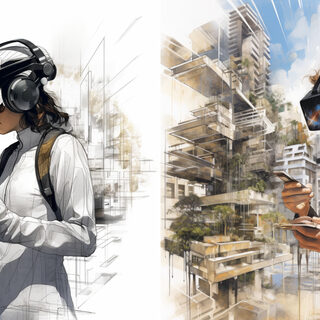Tradeline's industry reports are a must-read resource for those involved in facilities planning and management. Reports include management case studies, current and in-depth project profiles, and editorials on the latest facilities management issues.
Latest Reports
Key Trends and Metrics in Academic Science and Technology Facilities
The trend toward multidisciplinary science education facilities necessitates designs that are flexible and adaptable, with larger uniform lab modules and large spaces that can be divided into smaller rooms when needed.
How Cornell Tech Built an Inclusive Maker Space in New York City
Cornell Tech’s MakerLAB on Roosevelt Island, N.Y., is more than doubling in size after just five years, drawing makers from seven graduate programs, doctoral students, and the city at large.
Beyond the Urban Campus: Reimagining High-Rise Office Spaces for University Labs
The University of Toronto was able to repurpose leased space in an off-campus office tower into biosafety research labs for its Temerty Faculty of Medicine by implementing innovative HVAC solutions and modular design. Filtered ductless fume hoods obviated the need to vent exhaust up 20 stories to the roof, and a flexible floorplan can accommodate fluctuating research teams.
Adaptive Reuse of Historic Industrial Building Helps an Urban University Keep Growing
The University of Pittsburgh formed a public-private partnership to repurpose a 1915 Ford Motor factory into biomedical research center. The project satisfies many objectives in the university’s master plan, as a multipurpose, multitenant, interdisciplinary facility that seeks creates synergies and efficiency.
How Generative AI Will Impact the Design of Future Science and Research Facilities
Generative AI technologies like ChatGPT and DALL-E are expected to dramatically impact the design of science and research facilities by expediting creative ideation, improving process efficiency, and driving scientific innovation. To clear up some of the common misconceptions and learn how facility designers are actually using AI in the real world, Tradeline interviewed a cross-section of industry-leading professionals who specialize in science and research facilities to find out if—and how—they’re using AI technologies and what they see as some of the potential risks and benefits.





